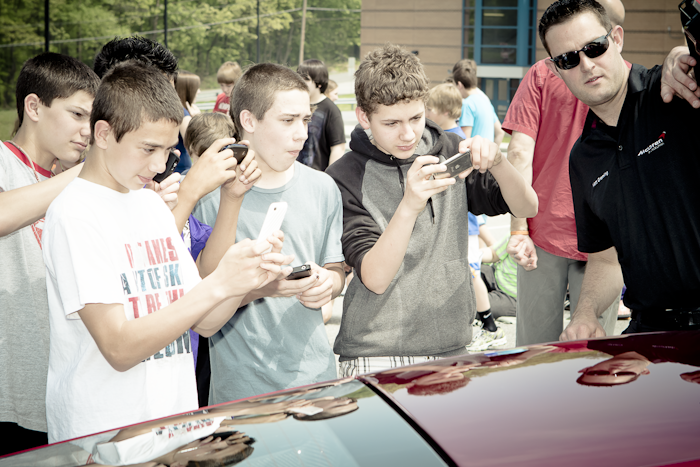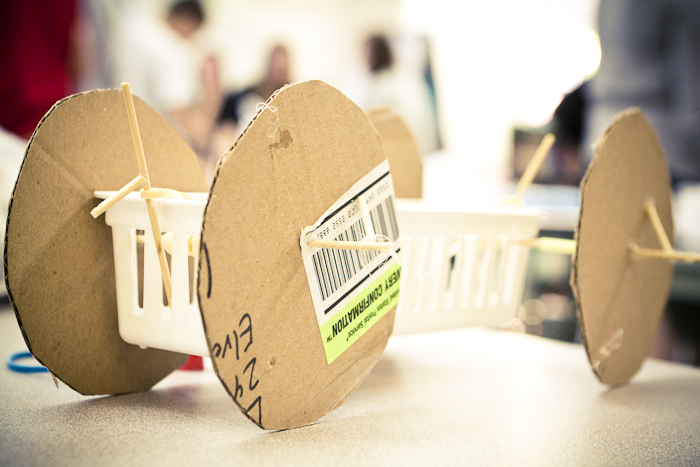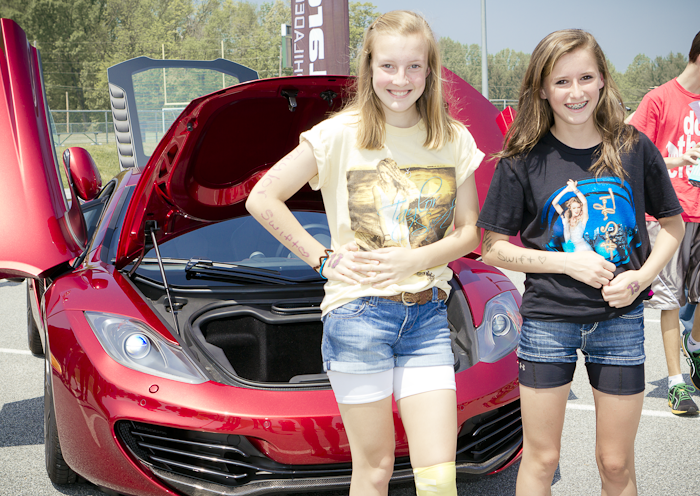About two weeks ago, my students and I sat down with two sheets of giant yellow chart paper. On it, we listed every way to take notes that came to our brains; we drew pictures of what they looked like, and we talked about reasons we might chose one over another. I have done this before with my students; it is nothing new. Although I have certainly discussed things like this with my students before, I have never made a wall-chart of note-taking options (See bottom of page 43— Energize Research Reading & Writing).
However, since that chart has been on the wall, it has become one of our most used resources. I see students skimming an article and then glancing up at the chart. They know the importance of choosing the best technique for the source at hand. And they also know that I am holding them accountable for their notes.
Truth be told, I have never placed too much value on notes. I knew they were important, and I told the kids which kind to take and when, but I never spent more than a day going over them. Two weeks later, these are common phrases heard in our workshop:
- I like how you used different colors to show differences.
- Do you think I need a Ven Diagram or is this more like a T-Chart?
- I love bullets, but I think this bullet list needs subtitles.
- I’m rereading my notes and highlighting them in different colors so I know what information I need, for different sections.
And then on Friday, in block two, the ultimate teacher joy:
- I love research.
- Can we research again next week? With new topics?
- Now I really love this!
What changed?
1. I had them annotate their articles as they read them.
- They put hearts around places they loved and question marks when they were confused.
- They highlighted things they knew they might use in their papers.
- They wrote new questions that were brought up by the text.
- They drew pictures and labeled them to help them understand.
2. After they had annotated two articles, they took notes.
- They found ways to bring their thinking on the two articles together.
- They chose a note-taking format that would work for them.
3. We had an in class gallery walk
- Everyone left their notes open and we all walked around with post-its leaving comments on our peer’s notes.
Somehow, in the mist of all this, research has become fun. Kids are using YouTube videos as sources and taking notes on interviews. Their topics are ranging from Child Labor in shoe factories, to Justin Bieber and his musical roots. They’re not complaining about taking notes, in fact, they’re walking back to the chart on their own and spending time thinking about the best way to organize their notes for their paper and for their reading.
All this from a chart? Who knew?
Stay tuned as we learn how to take the notes and create interesting nonfiction feature articles from them!





